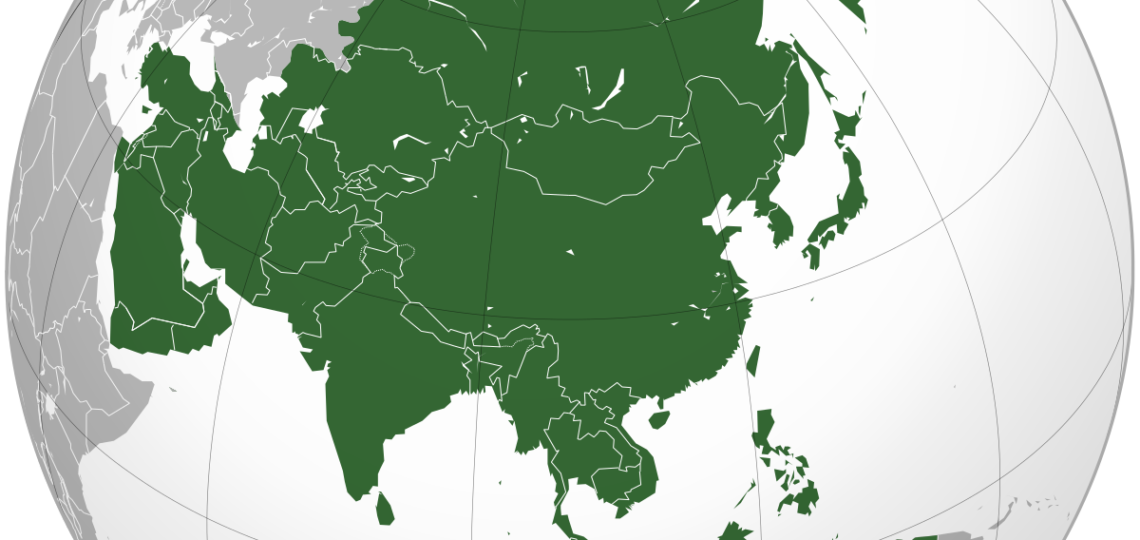
5 children’s book for Asian geography
Exploring Asian geography through children’s books is a fantastic way to introduce young readers to the diverse landscapes, cultures, and history of the continent. Here are five must-read children’s books that offer an engaging and educational look at Asia’s geography. These books take children on adventures that teach them about the rich and varied geography of the region.
1. “The Silk Road Journey” by Mei Li Wang
This beautifully illustrated book follows the adventures of a young boy named Kai as he travels along the ancient Silk Road, from China to the Mediterranean. Along the way, he encounters deserts, mountain ranges, bustling markets, and diverse cultures. The story not only highlights the geographical diversity of Asia but also introduces children to the historical significance of the Silk Road as a trade route connecting East and West.
Why Read It? This book offers a great way to learn about the geography of Central and East Asia, including deserts like the Gobi and mountain ranges such as the Himalayas. It also introduces children to the cultural diversity along this historic route.
2. “Journey Through the Rice Terraces” by Hana Matsui
Set in the lush landscapes of Southeast Asia, this book tells the story of siblings Aiko and Kenji, who visit their grandparents in a rural village surrounded by rice terraces. As they explore the fields and learn about traditional farming practices, they also discover the significance of water management, agriculture, and sustainable living in Asian rural communities. The book’s vivid illustrations bring to life the beauty of rice terraces in countries like Vietnam, the Philippines, and Indonesia.
Why Read It? “Journey Through the Rice Terraces” offers a glimpse into Southeast Asia’s geography, emphasizing the importance of agriculture and how communities adapt to their environments. It’s a great way for children to learn about both geography and cultural heritage in rural Asia.
3. “Land of Many Seasons: Exploring India” by Priya Patel
This book is an exploration of India’s diverse geography through the eyes of young Arjun, who embarks on a journey from the snow-capped peaks of the Himalayas to the hot deserts of Rajasthan, the lush Western Ghats, and the vast coastline. Each chapter introduces a new region, providing insight into the different climates, landscapes, and wildlife of India. The story is complemented by maps, fun facts, and beautiful illustrations that capture the vibrancy of the country.
Why Read It? India’s geographical diversity is presented in an engaging and accessible way. This book helps children understand how different environments coexist within a single country and the impact of these diverse ecosystems on the people and wildlife living there.
4. “Deserts and Oases: The Arabian Peninsula” by Noor Al-Harbi
Set in the Middle East, this story follows young Amal as she and her family journey through the Arabian Desert to visit an oasis. Along the way, they encounter sand dunes, nomadic tribes, and desert wildlife like camels and falcons. The book explains how people and animals adapt to life in harsh desert environments, highlighting the geography of the Arabian Peninsula and its historical role as a crossroads of cultures.
Why Read It? It offers an engaging way to explore the desert landscapes of Western Asia and teaches children about adaptation and resilience in extreme environments. The book’s focus on oases also shows how water sources are crucial for life in the desert.
5. “The Great Wall Adventure” by Li Tao
This story introduces children to the geography and history of China by following two friends, Ming and Ling, as they journey along the Great Wall. The book describes different landscapes they encounter, from rugged mountains to grasslands and forests. It also touches on the strategic importance of the wall and its relationship to the diverse geography of China, providing a fascinating blend of history and natural exploration.
Why Read It? This book brings to life the varied geography of China, making it a fun way for children to learn about mountain ranges, valleys, and historical landmarks. It’s perfect for understanding how geography and human history are interconnected.
Conclusion
These five children’s books provide an engaging introduction to Asian geography, blending storytelling with educational elements to inspire curiosity and understanding. From the deserts of the Middle East to the rice terraces of Southeast Asia, these books showcase Asia’s rich and diverse landscapes, offering young readers a chance to travel across the continent without leaving their homes. They’re perfect for parents and educators who want to teach children about the beauty and complexity of Asia’s geography.
